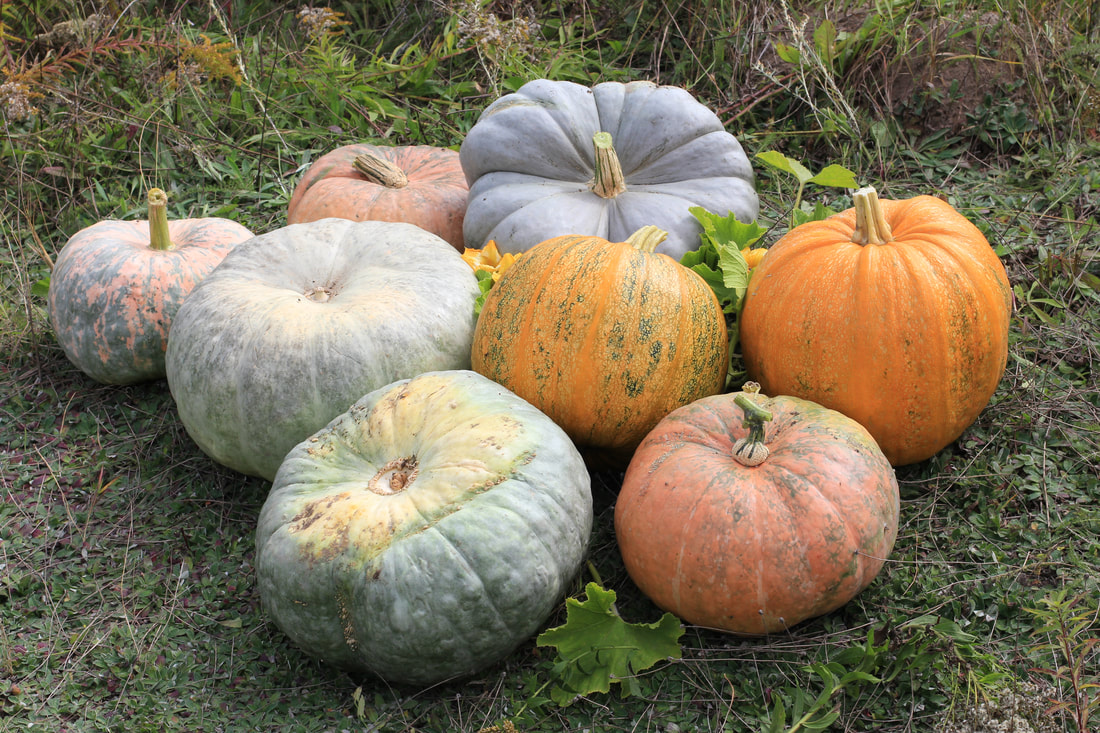|
Thanks to everyone who joined us for Episode 21 of the Food History Happy Hour! We discussed pumpkins and their indigenous origins, as well as the history of pumpkin pie spice, including a discussion of the European spice trade, where various spices come from, and how they went from the purview of the fabulously wealthy to hopelessly old-fashioned, to ragingly popular again. Plus we talk about how pumpkin spice got its name and what's REALLY in those cans of pumpkin puree.
Port Wine Negus (1862)
This particular recipe comes from the famous Jerry Thomas, in his 1862 book, The Bar-Tender's Guide but the drink is actually much older, dating back to the 18th century, and features in the novels of Jane Austen and Charles Dickens. By the Victorian period, it was commonly used for children's parties (shocking I know), and it seems that Jerry Thomas may have lifted his recipe directly from Isabella Beeton.
I followed this recipe pretty closely, and it makes a LOT - I filled my teapot full - so be aware that either you need to save any leftovers for a soda negus (also in Jerry Thomas), share with friends, or cut the recipe down. Here's the original: 151. Port Wine Negus
Here's the version I made:
4 cups water, brought to a boil 2 cups Ruby port 1/2 cup sugar 4 tablespoons bottled lemon juice 4 cloves about 1/4 teaspoon fresh grated nutmeg This makes one and a half quarts of hot Negus, which is delicious but was too sweet for my taste. I'm guessing the original recipe called for Tawny port, which is not as sweet as Ruby port. I also cheated and used bottled lemon juice instead and added cloves because another recipe for soda negus I saw called for them. It really is imperative to use fresh nutmeg for this recipe, as the ground kind doesn't hold a candle in flavor. One or two nutmegs will last you a long time, so you don't have to buy a ton. It is fairly addictive, so just be forewarned. I may or may not have had four cups in the course of Food History Happy Hour and writing this blog... Episode Links:
I had fun researching this topic and even learned a few things! One of my primary sources for the European spice trade as the book Nathaniel's Nutmeg, by Giles Milton. It's a highly engaging read and designed for a more popular audience, so if anyone wants to read about bloodthirsty Europeans obsessed with spice and their various maritime misfortunes, check it out.
other fun links include:
The next Food History Happy Hour won't be until Friday, October 30, 2020, but we'll be discussing Halloween! And making the Stone Fence cocktail. I hope you'll join us then. AND! I have a special treat for Patreon members old and new - join or renew at the $5 level and above, and you'll get a special Halloween packet mailed to you! Chock full of all kinds of fun history, images, party ideas, recipes, and more.
If you enjoyed this episode of Food History Happy Hour and would like to support more livestreams, please consider joining us on Patreon. Patrons get special perks like access to members-only content.
1 Comment
I like that you talked about how the European would love spices with their meals. With that in mind, I would love to try a restaurant that can offer meals like that. I hope I find one with a happy hour offer so that I can save money while still be able to try new foods.
Reply
Your comment will be posted after it is approved.
Leave a Reply. |
AuthorSarah Wassberg Johnson has an MA in Public History from the University at Albany and studies early 20th century food history. Archives
July 2024
Categories
All
|




 RSS Feed
RSS Feed